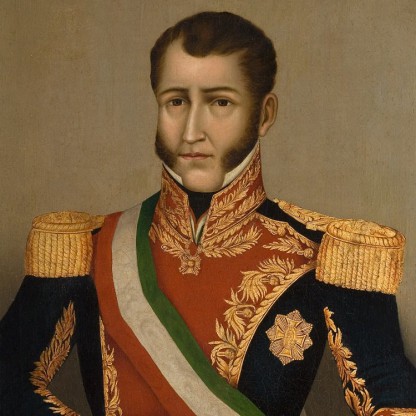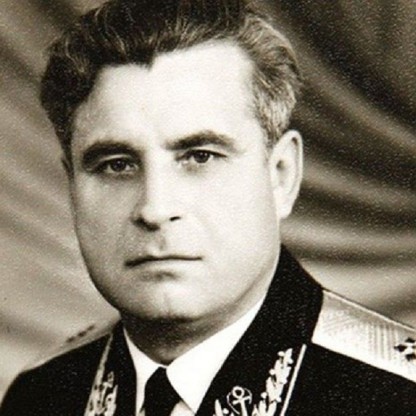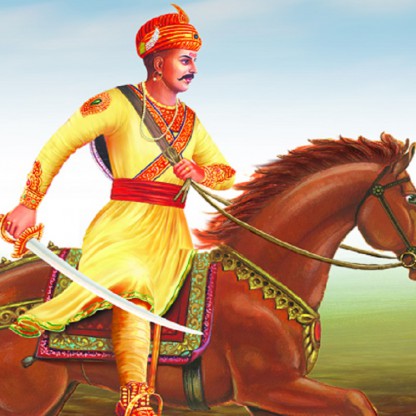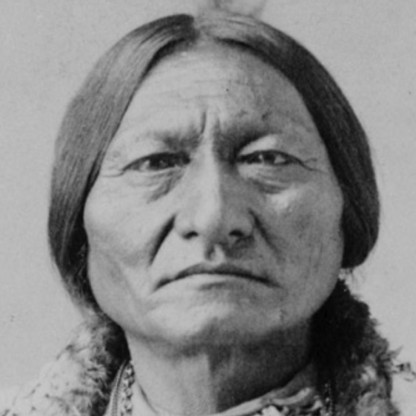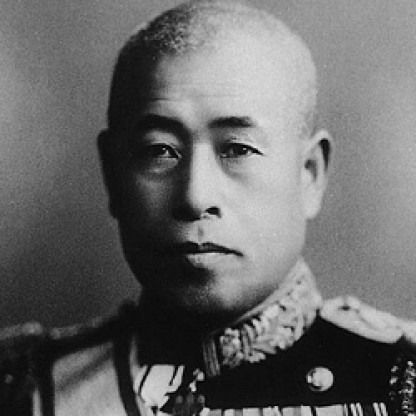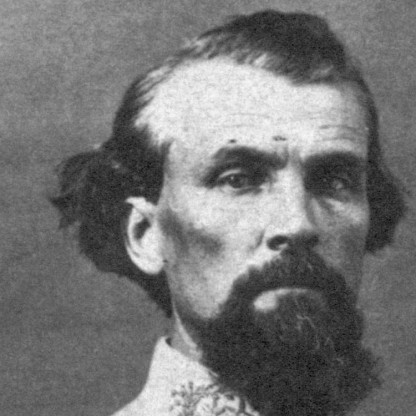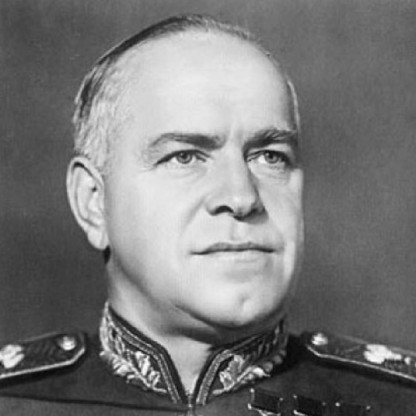On January 4, 1721, Baji Rao met Nizam-ul-Mulk Asaf Jah I at Chikhalthan to settle their disputes through agreement. However, Nizam refused to recognize the Maratha rights to collect taxes from the Deccan provinces. Nizam was made Vizier of Mughal Empire in 1721 , but alarmed at his growing power, Emperor Muhammad Shah transferred him from Deccan to Awadh in 1723. Nizam rebelled against the order, resigned as the Vizier and marched towards Deccan. The Emperor sent an army against him, which the Nizam defeated in the Battle of Sakhar-kheda. In response, Mughal Emperor was forced to recognize him as the viceroy of Deccan. The Marathas, led by Bajirao, helped Nizam win this battle. In fact, for his bravery in the battle, Baji Rao was honored with a robe, a mansabdari of 7,000, an elephant and a jewel. After the battle, Nizam tried to appease both the Maratha Chhatrapati Shahu as well as the Mughal Emperor. However, in reality, he wanted to carve out a sovereign kingdom and considered the Marathas his rivals in the Deccan.
